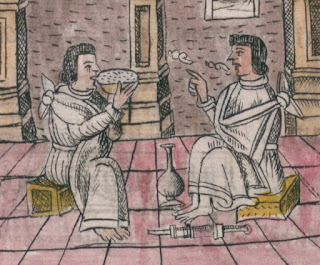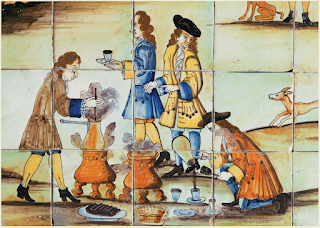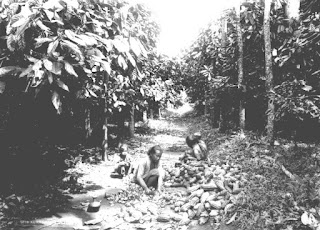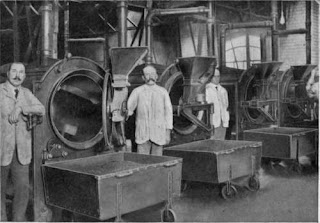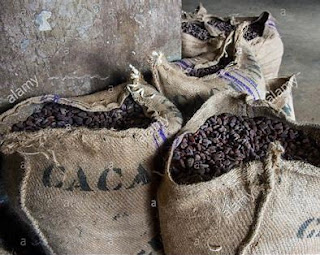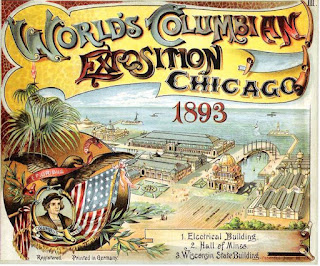CACAO/CHOCOLATE ORIGINS
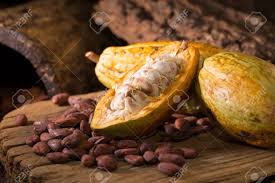
Mesoamerican by origin and mystical by reputation, cacao—the raw material that produces chocolate and cocoa—comes from the fruit of finicky little trees with shallow roots that, like prima donnas, only grow within twenty degrees north and south of the equator and demand warmth, humidity, and shade. Only three out of a thousand of their flowers, pollinated by small flies, will yield pods containing thirty to forty seeds. No one really knows how or why pre-classic period Olmecs decided to crack open, ferment, roast, winnow, then ground and blend the bitter raw seeds that exact the cacao delicacy that became chocolate. Evidence indicates that the invention of chocolate appeared to have been a “happy accident” of a Olmec brewing process dating as early as 1900 BCE, a method that spread and became a central feature in subsequent Mesoamerica cultures. While too finicky to cultivate to act as a dietary staple like maize, the religious belief system of the Maya civilization (250–900 CE) ...
